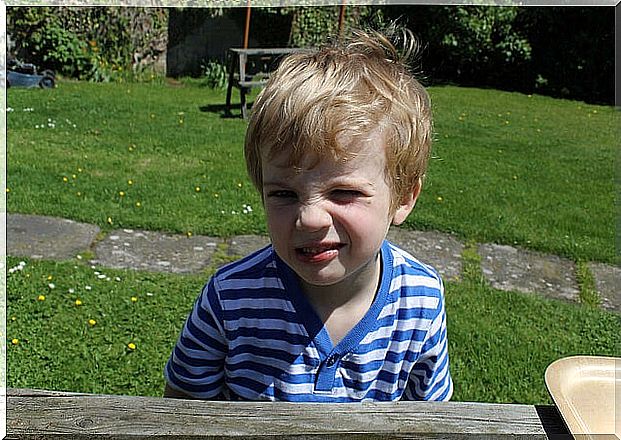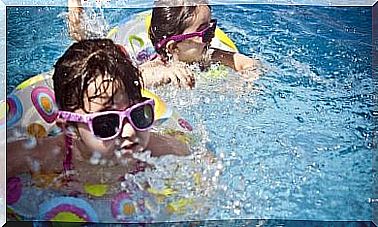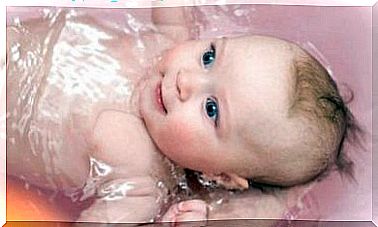5 Exercises To Manage Childhood Stress

Child stress is closely related to the requirements of daily routine and the ability to cope with them. These requirements usually come from outside sources such as family or school.
As with adults, a stressful lifestyle affects all dimensions of development. School performance declines, social relationships deteriorate, and children gradually begin to lose motivation.
To prevent your children from starting to suffer from childhood stress, it is important to provide them with a calm lifestyle and teach them to face the challenges of the day to day assertively.
Effective Practices for Managing Child Stress

1. Exercise. Frequent physical activity is one of the best strategies for managing stress. This measure works for both children and adults. A physical activity, in addition to contributing to the child’s body development, is effective in managing conditions such as stress and anxiety.
2. Teach them breathing exercises. When your children show any signs of stress or anxiety, the first thing you should do is take a break to help them calm down. Ask them to take a deep breath and think of something they like to do or enjoy.
3. Get out of the house. An episode of stress or a stressful routine can be combated with a little contact with the environment. Going to the park or playing outside for a few minutes will make your reactions calmer. The physical movement combined with a friendly space is ideal for relaxing a bit.
4. Encourage them to write, draw, or do a craft. As your children grow and become more aware of their emotions, they can express them more easily.
They can write them, draw them, paint them, or just channel their energy with some creativity. Something very simple you can do is take magazines, glue and scissors and make a free collage with the images and colors you prefer.

5. Invite them to do relaxing activities. For the little ones who enjoy having calmer routines, the practice of yoga and meditation is a good option.
Through these two exercises, the search for mental peace and emotional stability is promoted. Benefits have been found in the cognitive and emotional development of children who practice these types of activities.
Tips that will help you properly guide child stress
- Encourage your children to face their fears, not to run away from them. Avoidance generates anxiety problems while confrontation reduces it over time.
- Stay calm so they learn to react calmly in difficult situations. Children and adolescents interpret the response of adults and tend to imitate it.
- It reinforces positive behaviors and offers affective stimuli. Courageous behaviors deserve recognition and motivation.
- Encourage free expression so anxiety and stress don’t become time bombs. When you notice a change in the behavior of your children ask them questions and show them that you are there to listen and give them a word of encouragement.
- Give each sensation a name so that they will have the precise words to describe what they feel and what they think. A part of children’s communication development involves awareness of emotions and the ability to name them.
- Invigorate your children’s problem solving skills. The proper process should be to listen to what they have to say to you, show them empathy, and then help them find solutions to their conflicts.
- Limit stress whenever possible. If you know that a certain situation is a trigger for stress, try to find an alternative way to deal with it.

Although you cannot prevent your child from being exposed to conditions that generate stress, you can help him manage it in the healthiest way possible.
The ability they develop to cope with life determines the type of adult your child will be. If you want a healthy and stable person physically and mentally, you must begin to reinforce positive behaviors from the first years of life.










